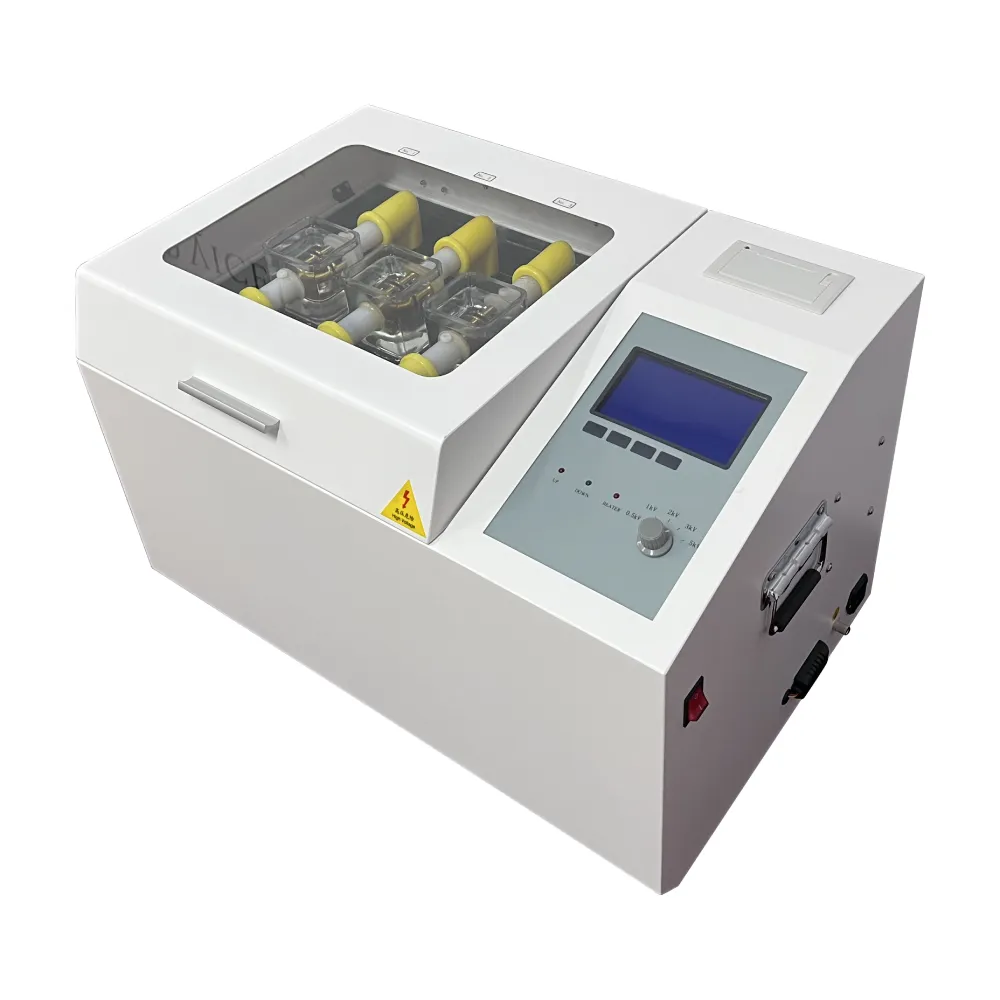 English
English


Understanding the Functionality and Applications of Current Measurement Transformers in Electrical Systems
Understanding Current Measurement Transformers
Current measurement transformers (CMTs) are vital components in electrical engineering and power system applications, designed to accurately measure current flowing through power lines. These devices play a crucial role in monitoring, controlling, and protecting electrical systems. Their significance cannot be overstated, as they ensure the safe and efficient operation of power distribution networks.
Principle of Operation
CMTs operate on the principle of electromagnetic induction, where a primary winding is connected in series with the electrical circuit, and a secondary winding produces a proportional output current that is a fraction of the primary current. This transformation allows for the measurement of high currents in power systems without direct access to the live conductor, enhancing safety and operational efficiency.
The ratio of the primary current to the secondary current is maintained according to the turns ratio of the windings. This relationship is fundamental for converting large currents into manageable levels that can be safely measured by standard instruments. For instance, a transformer with a turns ratio of 10001 means that 1000 A flowing through the primary will produce 1 A in the secondary, allowing for easy monitoring and measurement.
Types of Current Measurement Transformers
CMTs come in various forms, including
2. Rogowski Coils These are flexible, non-intrusive sensors that provide accurate measurements of alternating currents. They work by producing a voltage proportional to the rate of change of current rather than the current itself, making them suitable for high-speed applications and transient measurements.
current measurement transformer

3. Split-Core Transformers These transformers allow for installation without requiring circuit disconnection. The core can be split open, enabling installation around existing conductors.
4. Integrated Current Transformers These are built into circuit breakers or other protective devices, providing real-time current measurement for monitoring and control purposes.
Applications of Current Measurement Transformers
The applications of CMTs are diverse, spanning various sectors. In power generation and distribution, they are used for system protection, load monitoring, and energy management. In industrial settings, CMTs help optimize energy usage and detect faults in machinery and systems, preventing catastrophic failures.
Moreover, these transformers are essential in smart grid technology, where real-time data is crucial for load balancing and grid stability. They facilitate the integration of renewable energy sources by ensuring that energy input and consumption are accurately measured.
Calibration and Accuracy
Calibration is critical for ensuring the accuracy of current measurement transformers. Regular testing and calibration against known standards are required to maintain precise performance. Factors such as temperature variations, frequency changes, and manufacturing tolerances can affect the accuracy of CMTs.
Conclusion
In conclusion, current measurement transformers are indispensable in modern electrical systems. Their ability to measure high currents safely and accurately makes them essential tools for engineers and technicians. As the demand for efficient power management grows, the role of CMTs in ensuring the safe and reliable operation of electrical systems will continue to expand. With advancements in technology, we can expect to see even more innovative applications and improved designs in the future, solidifying their place in the power industry.
-
Differences between open cup flash point tester and closed cup flash point testerNewsOct.31,2024
-
The Reliable Load Tap ChangerNewsOct.23,2024
-
The Essential Guide to Hipot TestersNewsOct.23,2024
-
The Digital Insulation TesterNewsOct.23,2024
-
The Best Earth Loop Impedance Tester for SaleNewsOct.23,2024
-
Tan Delta Tester--The Essential Tool for Electrical Insulation TestingNewsOct.23,2024





